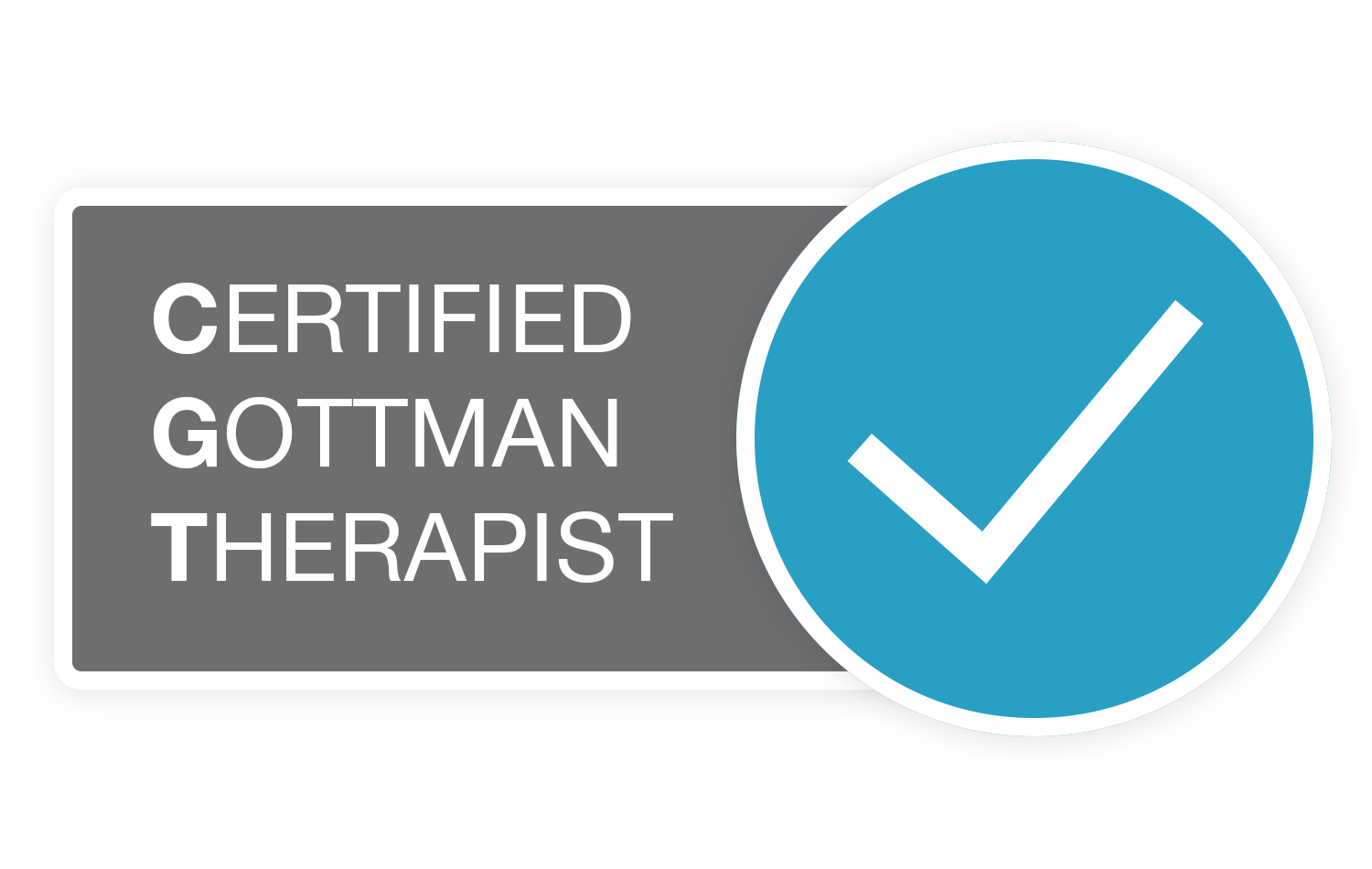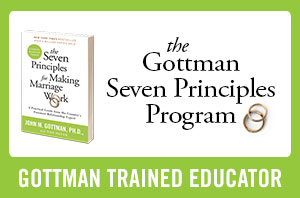Latest Blog Posts
 Cognitive Reappraisal Fatigue and Constant “Positive Reframing”December 8, 2025 - 9:00 am
Cognitive Reappraisal Fatigue and Constant “Positive Reframing”December 8, 2025 - 9:00 am Coping Strategies When Your Job Misaligns with Your ValuesDecember 2, 2025 - 4:27 pm
Coping Strategies When Your Job Misaligns with Your ValuesDecember 2, 2025 - 4:27 pm Breaking Free from Comparison: How to Stop Measuring Yourself Against OthersNovember 25, 2025 - 3:35 pm
Breaking Free from Comparison: How to Stop Measuring Yourself Against OthersNovember 25, 2025 - 3:35 pm How to Support a Grieving Partner When You’re Also GrievingNovember 19, 2025 - 11:09 am
How to Support a Grieving Partner When You’re Also GrievingNovember 19, 2025 - 11:09 am The Science of Emotional ContagionNovember 18, 2025 - 1:51 pm
The Science of Emotional ContagionNovember 18, 2025 - 1:51 pm
410 S. Michigan Ave. Suite 928
Cancellation Policy
Please note that we require a 24-hour notice if you decide to cancel your appointment. Call or email to cancel or reschedule at least 24 hours before your scheduled appointment in order to avoid charges. We will do our best to accommodate you and appreciate your cooperation. Thank you.



How to Support a Partner with Anxiety
/in Couples TherapyCoping with anxiety every day is stressful, but you don’t have to go it alone. Here are some ways you and your partner can work through Generalized Anxiety Disorder together.
How to Help a Partner with Depression
/in Couples TherapyNobody likes to see their partner feeling down in the dumps, but when their feelings persist for months or even years, it can be difficult to find ways to help cheer them up. Having a partner with depression is challenging, so you might not always have a solution readily available when you want to be helpful.
Dating After a Divorce or Breakup
/in Individual TherapyWhile it is natural to want to move on after ending a relationship, navigating dating after a breakup is often easier said than done. Here are a few tips to keep in mind as you enter back into the dating scene after a divorce or breakup.
How to Support a Partner with PTSD
/in Couples TherapyLiving with PTSD can be incredibly difficult, especially when you don’t know how to manage flashbacks and symptoms. For couples, partners may feel there’s nothing they can do to help their loved ones with PTSD. Check out our guide for supporting a partner with Post-Traumatic Stress Disorde
5 Tips to Turn your Inner Critic Into Inner Coach
/in From the Therapist's Chair, Individual TherapyDo you consider yourself your best cheerleader or your worst critic? Here are 5 tips to turn your inner critic into your inner coach.
5 Reasons to Seek Out Couples Therapy Before Major Issues
/in Couples Therapy, From the Therapist's ChairCouples therapy may be the last thing on your mind, but it can seriously help improve your relationship with your partner anytime. Find out how.
Why A Partner Cheats: A Slippery Slope to Infidelity
/in Couples TherapyThere are many reasons why partners cheat, but no matter what, infidelity can be a crushing blow to any relationship. Learn why people cheat and how to promote communication between you and your partner for a healthy, long-term relationship.
Overcoming Office Anxiety
/in From the Therapist's Chair, Individual TherapyWith the pandemic entering its third year in the United States, it’s normal to be a bit nervous about the new work regulations taking place. Check out these tips for overcoming anxiety about returning to the office.
How to Set Boundaries with Your College Roommate
/in From the Therapist's Chair, Individual TherapyCollege is the first time most of us have to live with other people we don’t know– but it doesn’t have to be hellish! Make the most out of your living situation and assert yourself by setting boundaries with your roommate.
4 Tips on Compromising With Your Partner
/in Couples Therapy, From the Therapist's ChairCompromising with your partner is essential to maintaining a fulfilling, communicative relationship. Gottman Method Couple’s Therapy emphasizes compromise as a key component of any healthy relationship: here are my favorite tips for helping partners compromise.